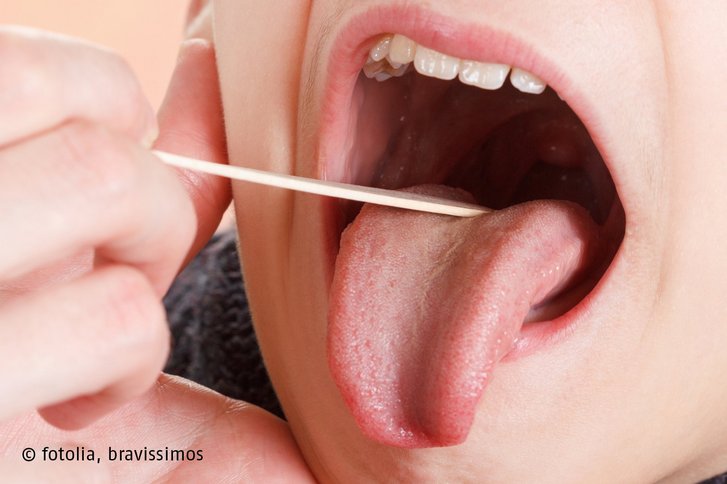
Fever: a natural protection mechanism
Elevated body temperature is a natural body reaction to the pathogen, which it tries to fight back. However, if the struggle in the child's body lasts too long, you can help him to ease the symptoms.
Why does the temperature rise?
The fever indicates an infection. This way, the body reacts to foreign bodies, such as pathogens. When pathogenic microbes enter the body, the immune system is activated and as a result, the temperature rises and the cytokines are produced. Cytokines are neurotransmitters that transmit a signal throughout the nervous system to increase body temperature. As a result, the blood flow increases, through which immune cells are quickly distributed throughout the body.
Signs of fever
If the thermometer shows a temperature above 38.5°C, then the child has a fever and is sick. It should be noted that in a healthy state, the body temperature during the day can often reach 38 ° C. This is due to the fact that the child moves a lot, wears too warm clothes or something worried. A fever does not present any danger to the child, unless he or she has other symptoms.
What is the best way to measure the temperature?
Many people remember from childhood a rather unpleasant procedure: body temperature measurement through the anus. However, it is in the body itself that you can most accurately measure the temperature. If your child is straining his muscles, you can try to distract him and apply a little cream to the thermometer to ensure easy penetration. You can also measure temperature in the inguinal area and armpit, but then the temperature can be a bit wrong. The exact information is shown by the thermometers that can be inserted in the ear. On the whole, any method and any thermometer, both digital and classic, is suitable for temperature measurement. However, before using the mercury thermometer, make sure the child is perfectly calm. This is the only way to get reliable data.
What does the fever flow tell you?
It’s best to measure the fever several times during the day, because depending on the dynamics of the fever a certain disease can be detected. For example, a high fever with small differences over the course of several days indicates an inflammation of the lungs or an infection of the urinary tract.
If the infection isn’t confirmed, the child is likely to have an inflammation of the intestines or rheumatic disease. In this case, the fever persists for a long period of time, while in the case of infection it drops after a few days.
Long-lasting fever or its sudden rise may provoke seizures. They are not dangerous in themselves, although quite unpleasant, but still, for the sake of a child's peace of mind, seizures should be prevented.
How can I help my child?
- Make sure that the child does not wear too warm clothes and does not sleep under too thick a blanket.
- A wet towel compress on the caviar, chest and stomach will help to relieve the feeling of heat.
- If the temperature doesn’t drop for a few days, it can be broken with ibuprofen or paracetamol. These medicines are dispensed without prescription.
- Antipyretic drugs act as painkillers and help to reduce increased heart rate and prevent dehydration.
When should you see a doctor?
The fever itself isn’t the cause of the disease, but its consequence, a symptom. By raising the body temperature, the body fights the infection, so with older children it makes sense to wait for some time. In most cases, the fever itself passes in a couple of days, without the need to take medicines. Exceptions are infants, who need to be shown to a pediatrician at high fever.
If fatigue takes over
If your child has been experiencing a decline in strength for several days or is often ill, it’s best to take him to the doctor.









